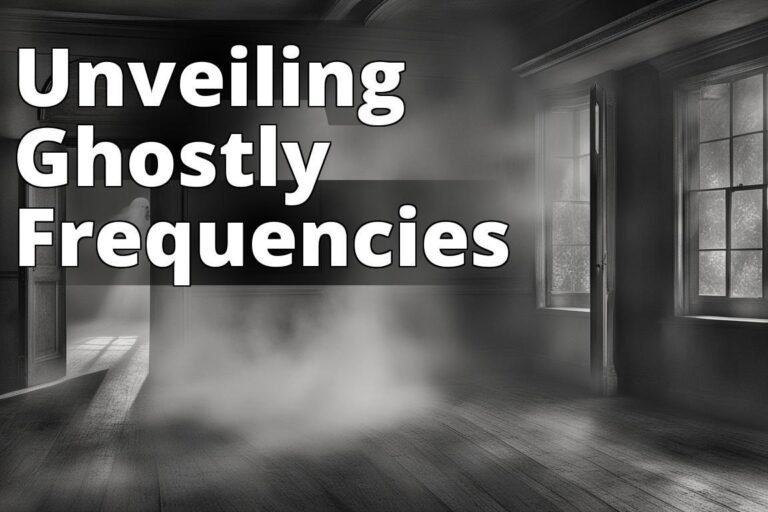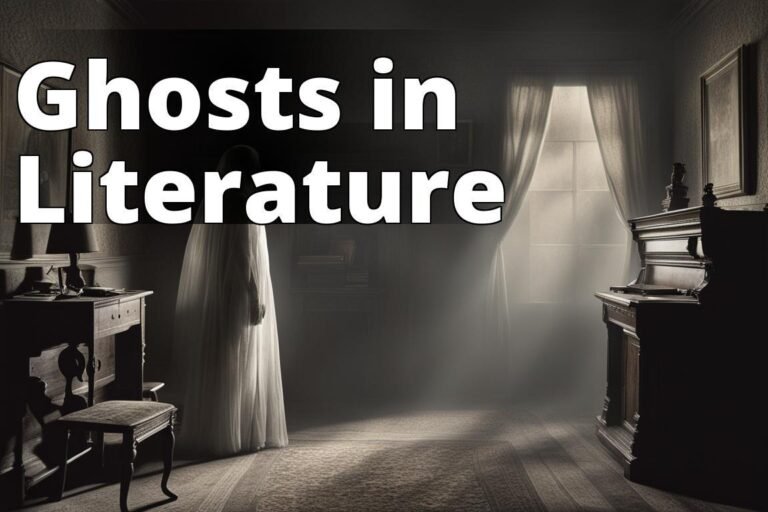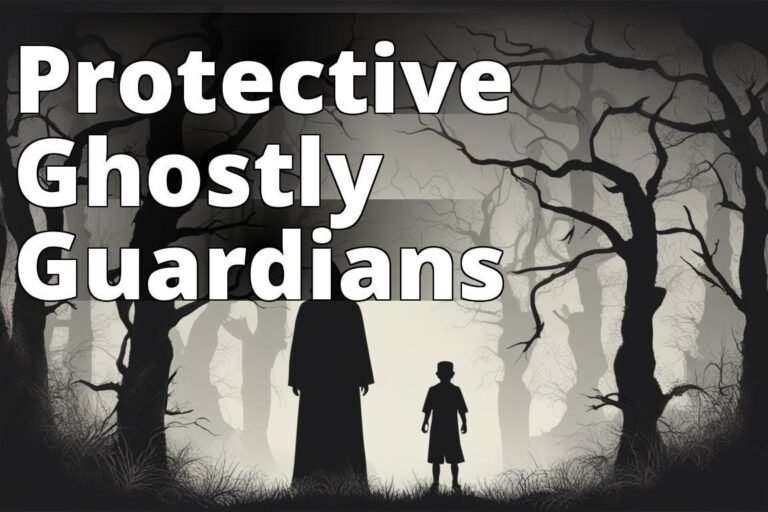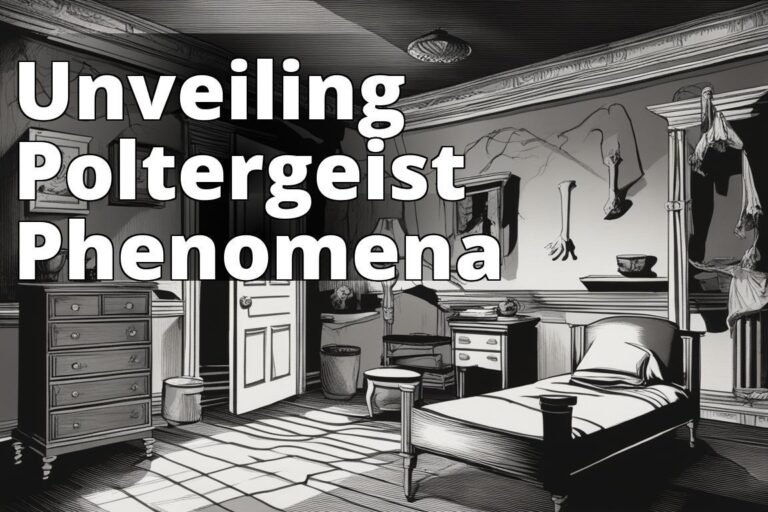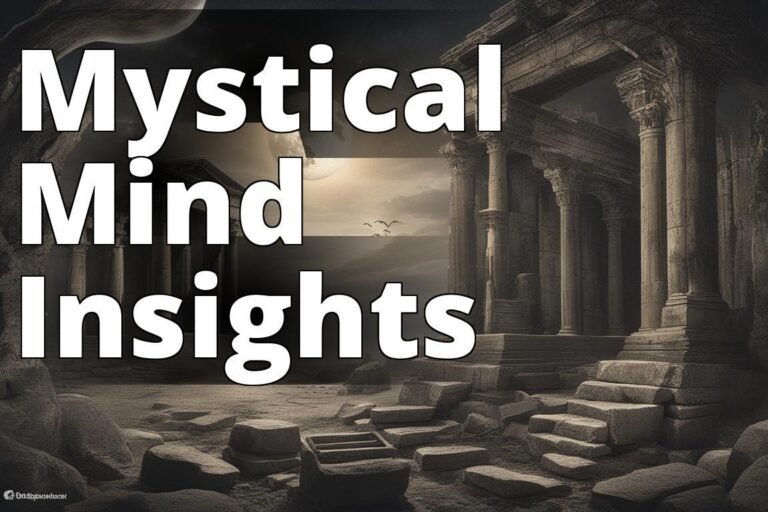5 Types of Hauntings
Have you ever felt a chill down your spine, heard a mysterious noise, or seen something move out of the corner of your eye, with no logical explanation in sight? If so, you might have experienced a haunting. But not all hauntings are created equal. From intelligent spirits trying to communicate to malevolent entities seeking to harm, understanding the nature of your ghostly encounter can be crucial. Here’s a deep dive into the five types of hauntings and why knowing the difference could be your best defense against possession.
Learn about Protecting Against Possession
- Understand different types of hauntings
- Intelligent, Residual, Poltergeist, Demonic, and Inhuman Hauntings
- Reason to protect against possession
- Demonic and Inhuman Hauntings can pose risks of possession
- Tips to safeguard against possession
- Seek spiritual guidance, set boundaries, and maintain a positive environment
1. Intelligent Haunting
Intelligent hauntings, also known as “classic” or “traditional” hauntings, involve the spirits of the deceased who seem to interact with the living in a seemingly conscious manner. These entities might move objects, turn lights on and off, or even communicate through voices. They’re believed to be spirits of people who have passed away but have unfinished business or are attached to a particular location or person.
Personal Anecdote: I remember visiting an old mansion reputed for its paranormal activity. One evening, as I was walking down a hallway, a cold hand seemingly grasped my shoulder, yet no one was behind me. This mansion was known for the spirit of a former owner who, as legend had it, was searching for her lost child.
Insider Tip: “Always address intelligent spirits with respect. They were once people too, and acknowledging their presence respectfully can sometimes calm unrest.”
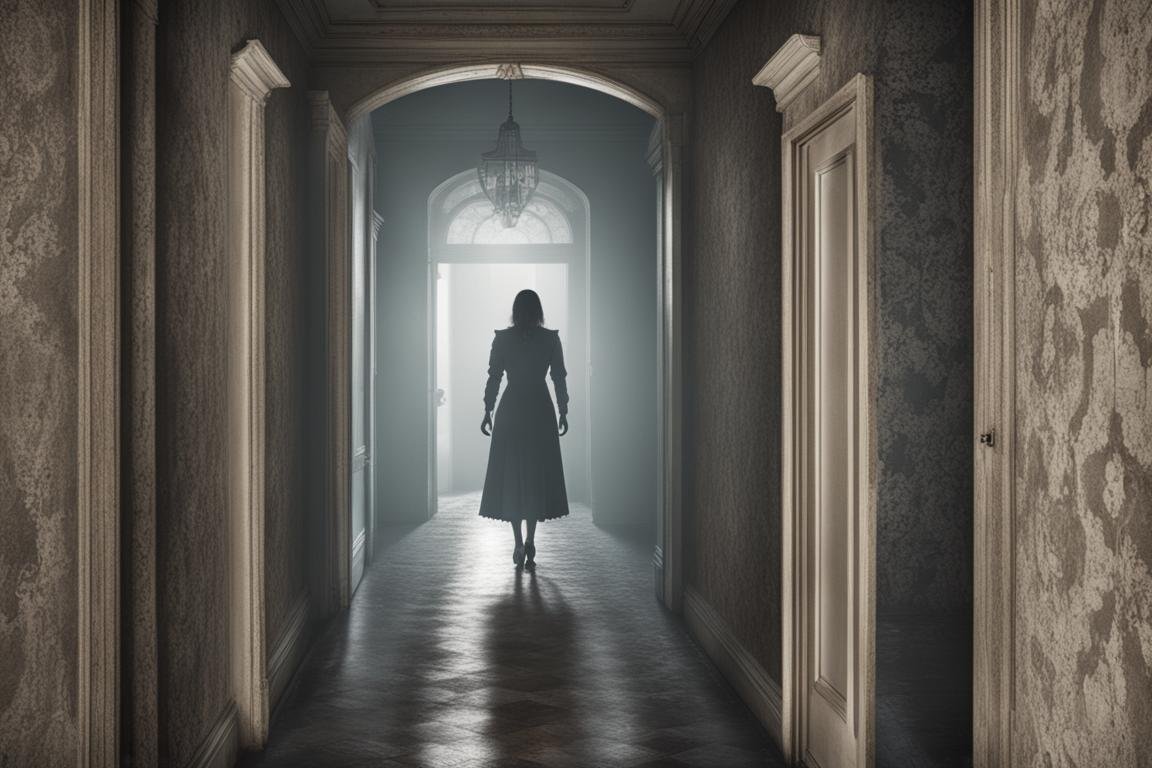
2. Residual Haunting
Residual hauntings are like recordings of past events that replay over and over, not interacting with the living world but merely existing alongside it. These hauntings are usually tied to traumatic or significant events in a location’s history. The theory suggests that high emotional energy gets “recorded” onto the environment and plays back under specific conditions.
Historical Context: The Battle of Gettysburg is a prime example, where visitors report hearing the sounds of battle and seeing ghostly apparitions of soldiers, a phenomenon attributed to the residual energy of the tragic events that took place there.
Insider Tip: “Residual hauntings often don’t realize you’re there. They’re not interactive, making them less of a threat but equally unsettling.”
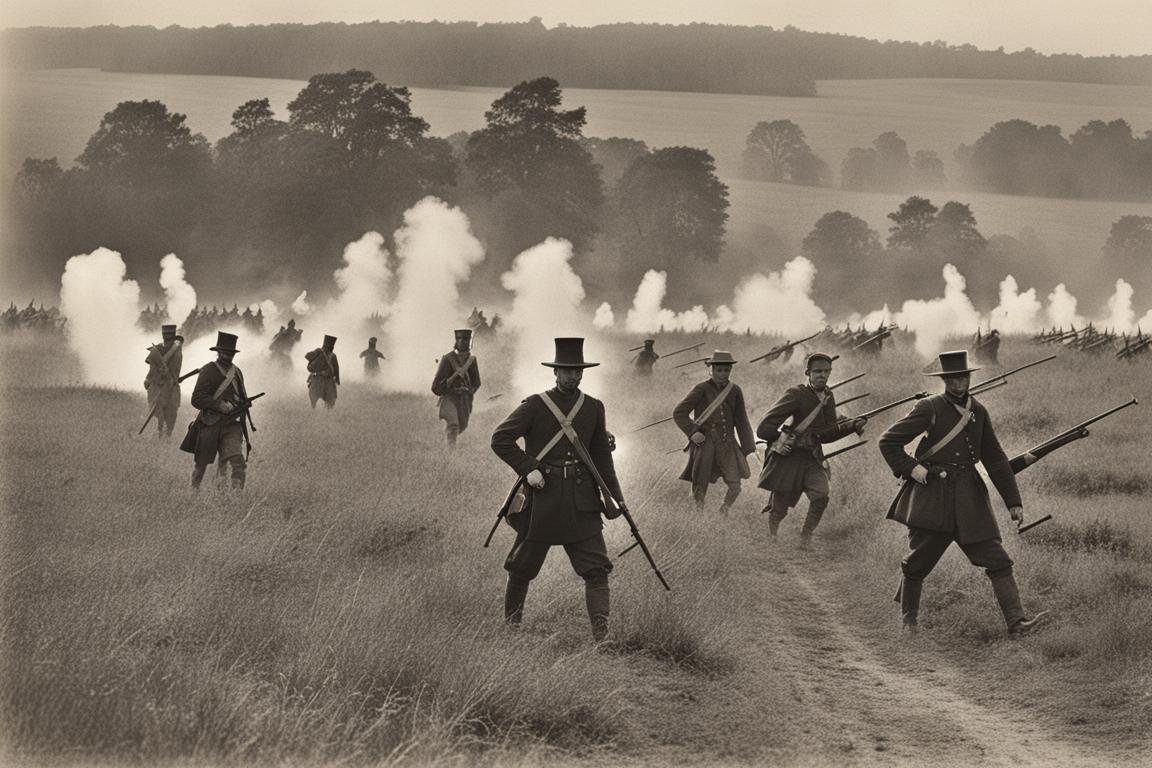
3. Poltergeist
The term “poltergeist” comes from German words meaning “noisy ghost,” and it lives up to its name. This type of haunting is characterized by physical disturbances such as loud noises, objects being thrown or broken, and even furniture moving. Initially, poltergeists were thought to be malevolent spirits, but modern theories suggest they might be the result of psychokinetic energy, usually from a living person under emotional or psychological stress.
Case Study: The Enfield Poltergeist in the late 1970s is one of the most documented cases, with furniture being moved and children levitating, witnessed by police, journalists, and paranormal investigators.
Insider Tip: “If experiencing poltergeist activity, look inward. Emotional turmoil might be the real culprit.”

4. Demonic Haunting
Demonic hauntings are the most feared, involving non-human entities seeking to inflict harm or possess the living. These hauntings are characterized by oppressive atmospheres, unexplained malodors, and often violent events. Protection against possession becomes paramount in these cases, as these entities are not to be reasoned with but expelled through spiritual means.
Expert Insight: “Demonic entities often use deception, mimicking innocent spirits or even loved ones to gain trust before revealing their true nature.”
Insider Tip: “Utilize protective symbols and seek professional spiritual help immediately if you suspect a demonic presence.”
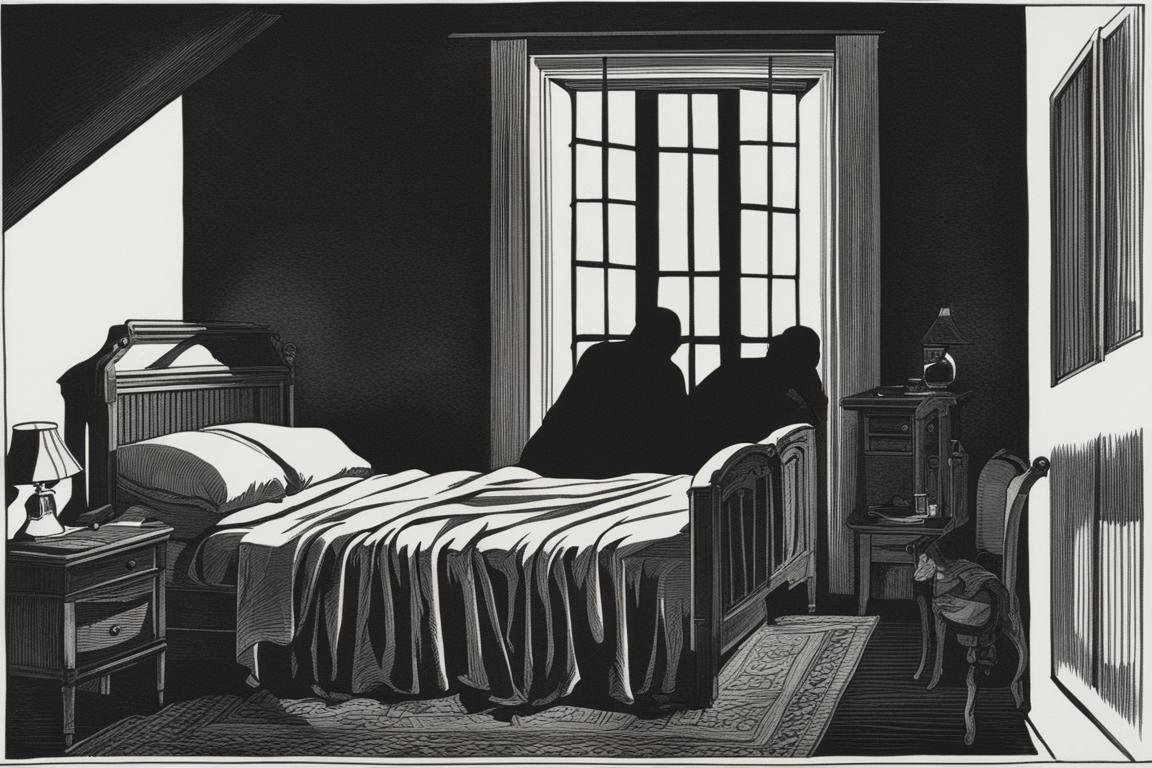
5. Inhuman Haunting
Inhuman hauntings are similar to demonic hauntings but involve entities that have never been human. These might include elemental spirits or other non-human entities that occupy a space. Unlike demons, not all inhuman entities are malevolent, but their presence can still be unsettling and potentially dangerous due to their unpredictable nature.
Comparative Analysis: While demonic entities often seek to harm or possess, inhuman entities might simply coexist with humans, occasionally causing disturbances due to the clash of our worlds intersecting.
Insider Tip: “Understanding the nature of the entity you’re dealing with is crucial. Not all require expulsion; some just need acknowledgment and respect.”
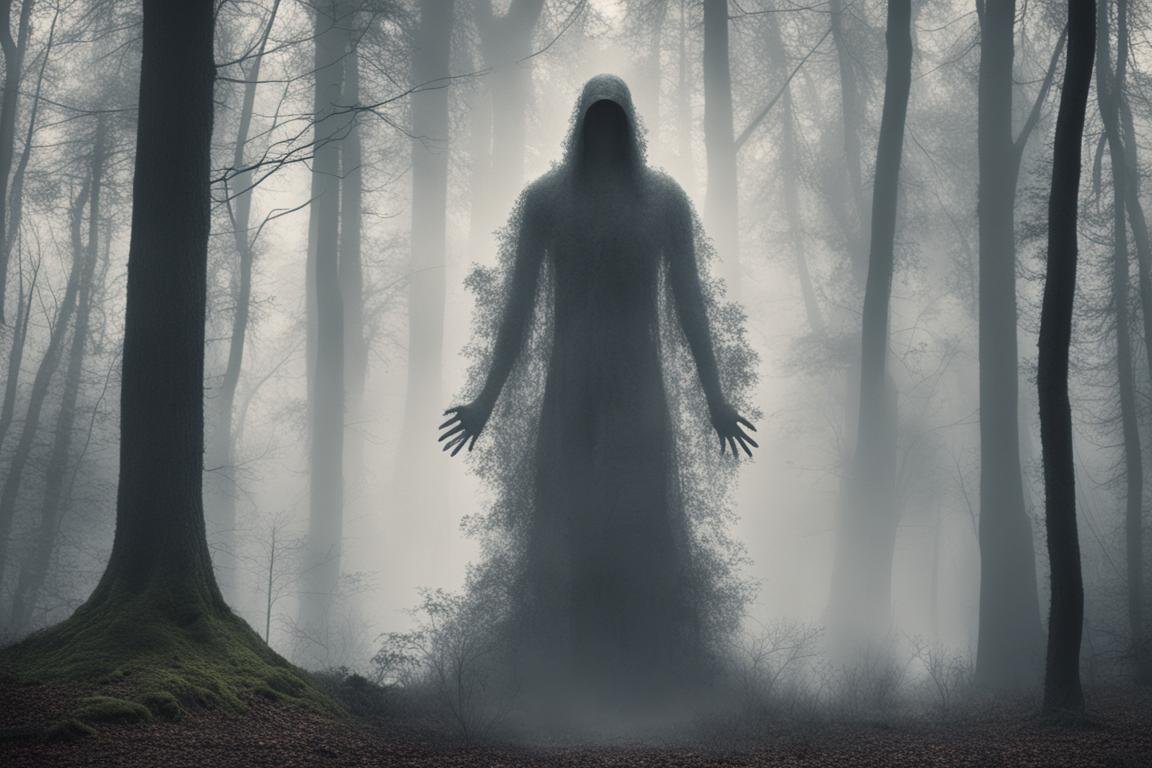
Conclusion
Understanding the nuances of different types of hauntings is more than just fodder for ghost stories; it’s a crucial element in protecting oneself from potential harm. Whether dealing with a seemingly benign intelligent haunting or the more sinister demonic presence, knowledge and respect for the unseen world are your best defenses. Remember, in the realm of the paranormal, not everything is as it seems, and the reason to protect against possession is not just about fear but about respect and understanding of the energies that surround us.
In the journey of exploring the paranormal, always proceed with caution, respect, and an open mind. The unseen world is vast, and our understanding of it continues to evolve. Whether you’re a seasoned paranormal investigator or simply curious about the mysteries that lie beyond the veil, recognizing the signs of these hauntings can be the first step in a journey of discovery and, ultimately, protection.
For more insights into the paranormal and how to navigate the unseen, visit our sitemap and explore the many facets of the world beyond our own.
Q & A
Q. Who is at risk of experiencing a haunting?
A. Anyone living in a place with paranormal activity may be at risk.
Q. What are the different types of hauntings?
A. The types of hauntings include residual, intelligent, and demonic.
Q. How can one protect against possession during a haunting?
A. Protection methods include smudging, setting boundaries, and seeking help.
Q. What if I don’t believe in hauntings or possessions?
A. Even skeptics should take precautions in case of unexplained phenomena.
Q. How serious is the risk of possession during a haunting?
A. The risk of possession varies depending on the type of haunting.
Q. What if I suspect a loved one is being affected by a haunting?
A. Seek professional help or guidance from spiritual leaders for assistance.



